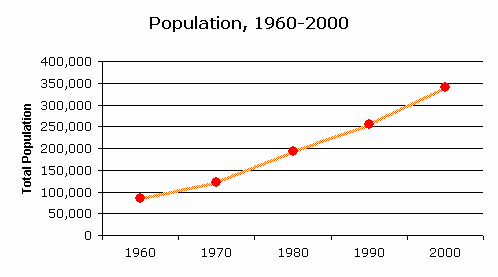


29 October 2008 Blog Home : October 2008 : Permalink
Blog Home : October 2008 : Permalink
Is Urbanization Causing the Rise in Temperatures?
The few remaining global warming contrarians, many of whom have directs links to the fossil fuel industry, have argued that urban “heat islands”—where the air temperature is several degrees warmer than surrounding rural areas—may be responsible for a substantial portion of the average temperature increase linked to global warming. Compared with rural areas, urban areas have more dark surfaces (such as pavement) that absorb heat from the sun and less vegetation to provide shade and cool the air. Because these urban heat islands raise nighttime temperatures more than daytime temperatures compared with non-urban areas, some have argued that urbanization is to blame for data indicating rising global temperatures.
Several studies have shown,however, that the urban heat island effect has minimal impact on rising global temperatures. In a 1997 study, David Easterling of the National Climatic Data Center examined data from 5,400 weather stations, of which 1,300 were located in urban areas. He found that urban effects on globally averaged temperature data were “negligible” and did not exceed about 0.05°C over the period 1900-1990.58 These results confirm the conclusions of a similar 1990 study. David Parker of the UK’s Hadley Centre also found that global temperatures have risen as much on windy nights (when the urban heat island effect is diminished) as on calm nights (when the effect is at its strongest). He concluded that “overall warming is not a consequence of urban development.”
The tract then goes to list Reno Nevada as the station (in the ones sampled) with the second highest increase in temperature when comparing the period 2000-2007 with the period 1971-2000. The station in question is located at Reno airport which is (now) in the middle of the urban area but was not so located half a century ago.

